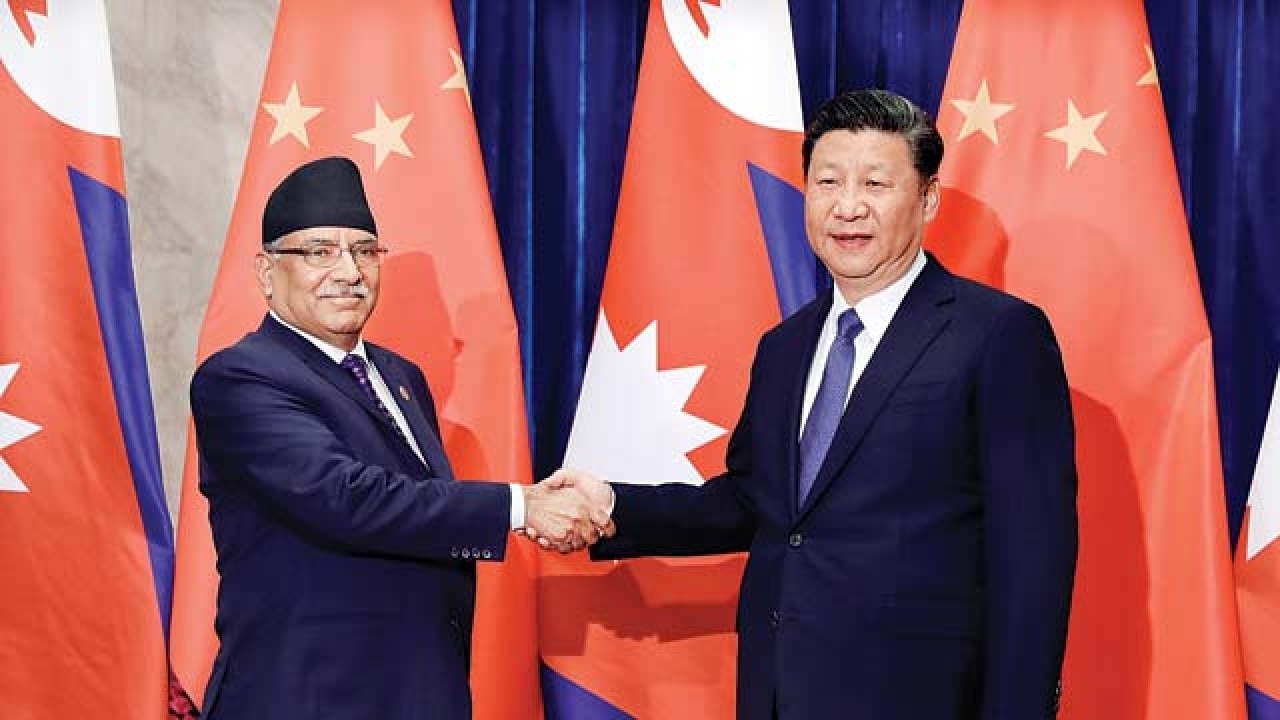
If China can virtually punch holes in the Himalayas to build the Friendship Highway between Lhasa and Kathmandu, and now plans to lay railway tracks to link these two cities, perhaps nothing — except a lack of initiative — prevented India from establishing a train route to the Nepalese capital, especially when the terrain on our side is much more favourable. Thus, the distinction of putting Kathmandu on the rail map may go to Beijing, which held a Belt and Road Forum meet on May 14 and May 15.
While there is enough scope for developing an economic corridor right from Nepal to ports in Kolkata and even Paradip via Bihar, Jharkhand, Bengal, and Odisha, the truth is that there is very limited rail connectivity between the two countries.
There is a six-kilometre broad gauge line from Raxaul in India to Sirsiya Inland Container Depot or Dry Port near Birgunj just across the border. The other is a 53-kilometre broad gauge line from Jaynagar in India to Bijalpura via Janakpur in Nepal. This line is used largely for passengers while the Sirsiya route, as the name suggests, is only for freight. Ironically, the involvement of Indian-origin labourers (Madhesis) — if not Indians as such — cannot be ruled out in Chinese projects.
But the challenge for India is that when the Chinese railway was completing construction of the rail network on what is called the roof of the world, i.e., the highest point, early this century, we were still busy in gauge conversion work (from metre to broad gauge) in large parts of North Bihar, which borders Nepal, and through which almost all the international trade of the Himalayan republic is done.
Had three successive Bihari politicians — Ram Vilas Paswan, Nitish Kumar and Lalu Prasad — not become railway minister between 1996 and 2009, barring brief intervals, the state of railways in north Bihar would have remained as neglected as ever. Since central and south Bihar (now called Jharkhand) have rich mineral deposits, the British developed a network of railways almost a century back. In contrast, the trans-Ganga in North Bihar, which was prone to floods, had hardly been developed. This was so when almost all the train and road routes to the strategically important Northeast passed through this region. There was, till 1982, just one rail-cum-road bridge, Rajendra Bridge, over the Ganga in Bihar when the length of that river in the state is 445 km.
In 1982, Mahatma Gandhi Setu, a road bridge came up linking Patna and Hajipur, and in 2001 another road bridge, Vikramshila Setu, came up in Bhagalpur. It was as late as 2016 that two new rail bridges — one between Patna and Sonepur and another between Munger and Khagaria — became operational.
Thus, till a few years back, densely populated north Bihar was so obscure and neglected that people had to rely on boats and steamers. In such a situation, it was futile to expect the expansion of international trade with Nepal.
In the last couple of decades, the Railways successfully completed some ambitious projects in a difficult terrain, while Nepal is yet to receive the same priority, when the fact is that, as a buffer state, it serves a strategic purpose for India.
The Chinese move to reach Kathmandu may prompt India to speed up work on cross-border railway links at five locations about which an agreement was signed seven years back.
They are all relatively small projects linking bordering towns, where mostly Madhesis live. But work in most of them is going at a very slow pace. Kathmandu is still far away and there is no long-distance train from any Nepalese city to anywhere deep in India. The revival of old silk routes will, as China argued at the Belt and Road Forum, certainly give boost to tourism, trade, technology, and traffic throughout Asia, Europe, and Africa, but what cannot be ignored is that sometimes they facilitate the entry of tanks and infiltration of terrorists from any country to cause turmoil in the enemy territory.
The author is a senior journalist based in Patna